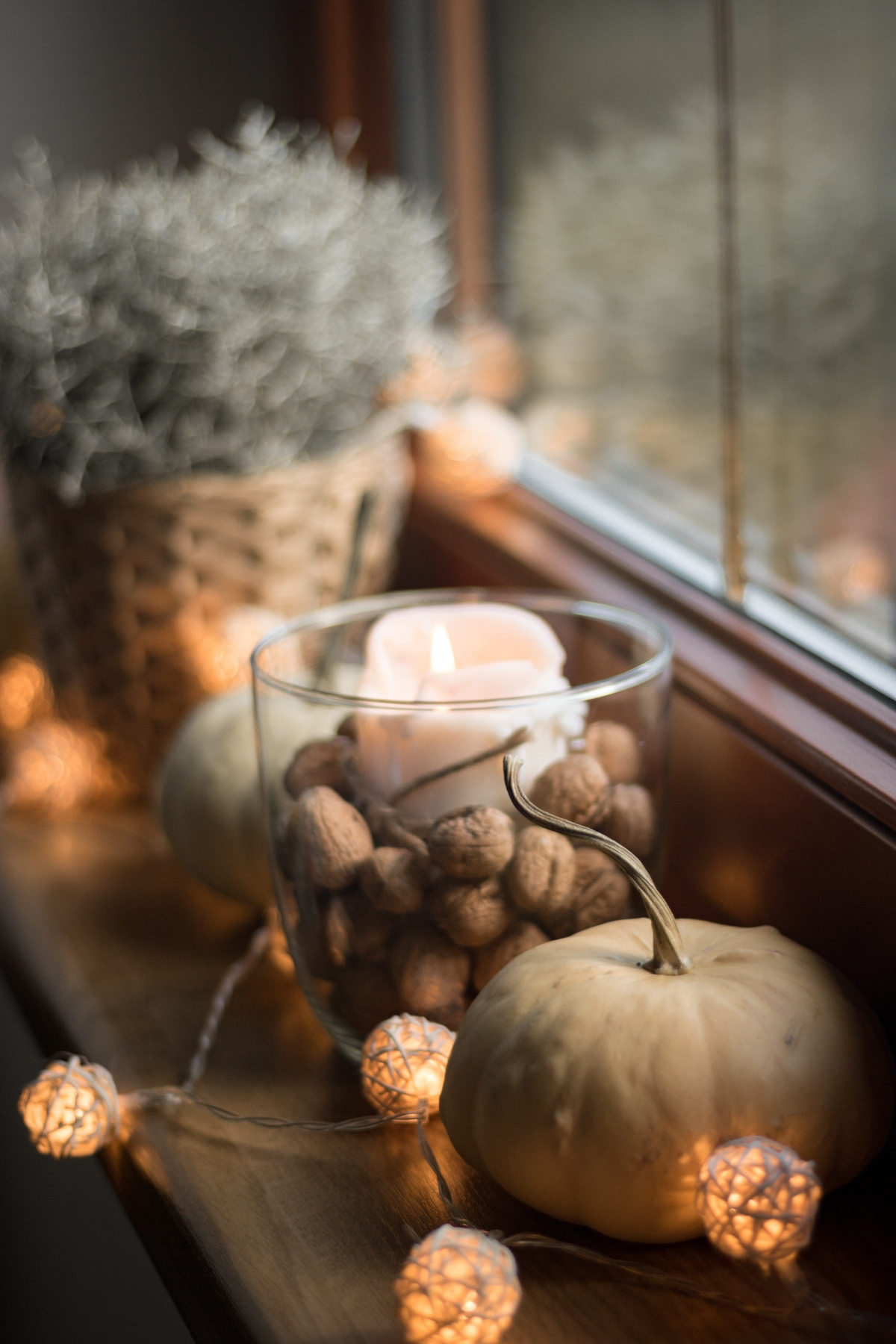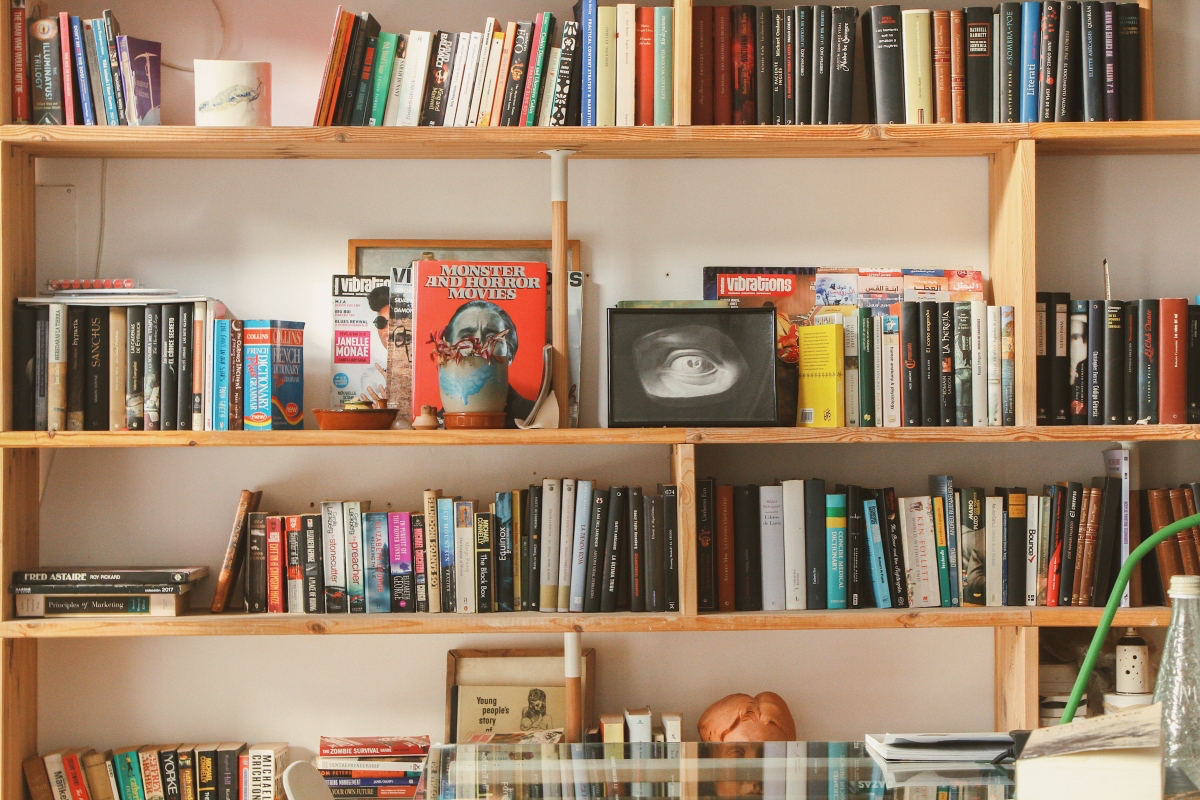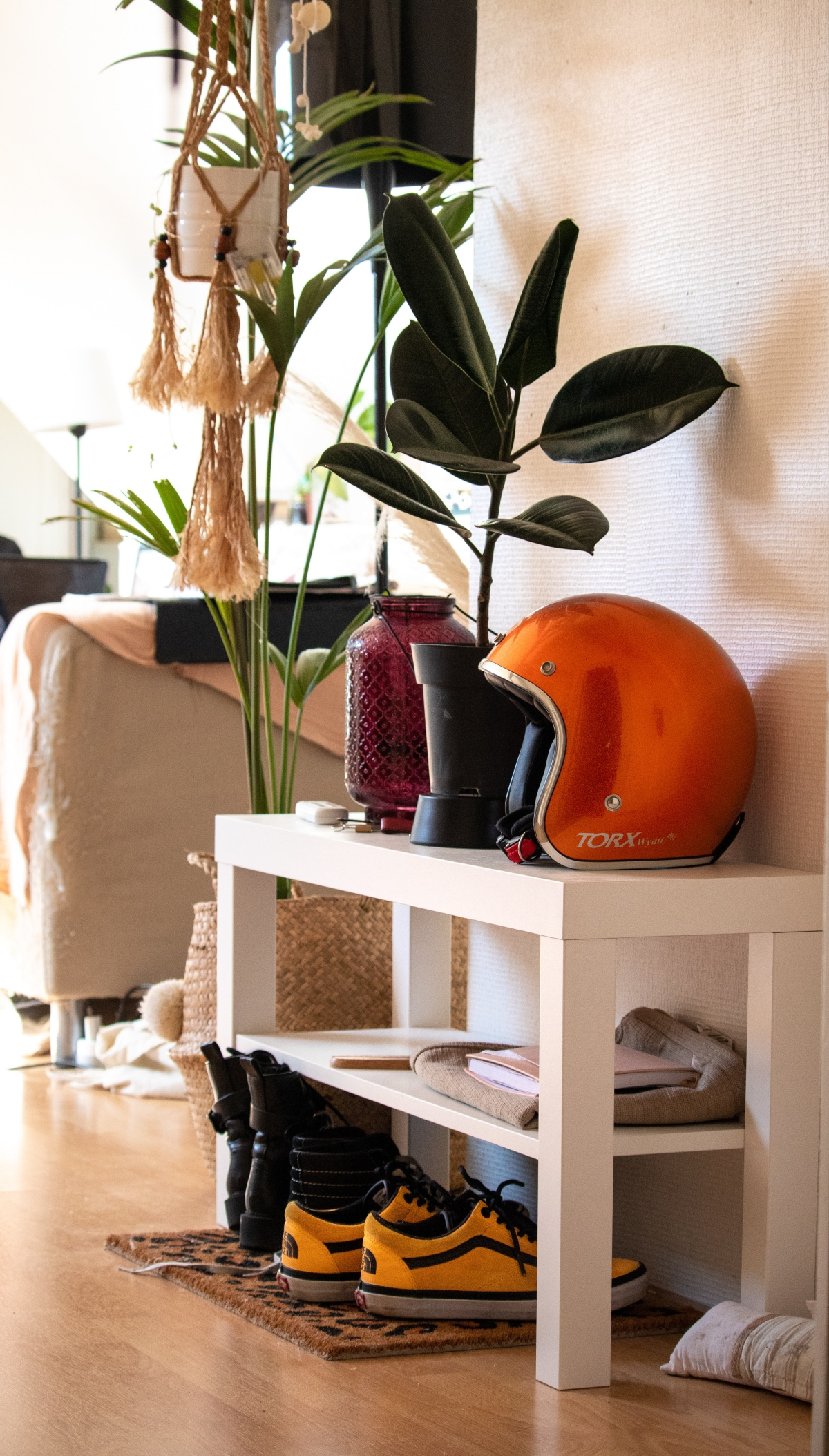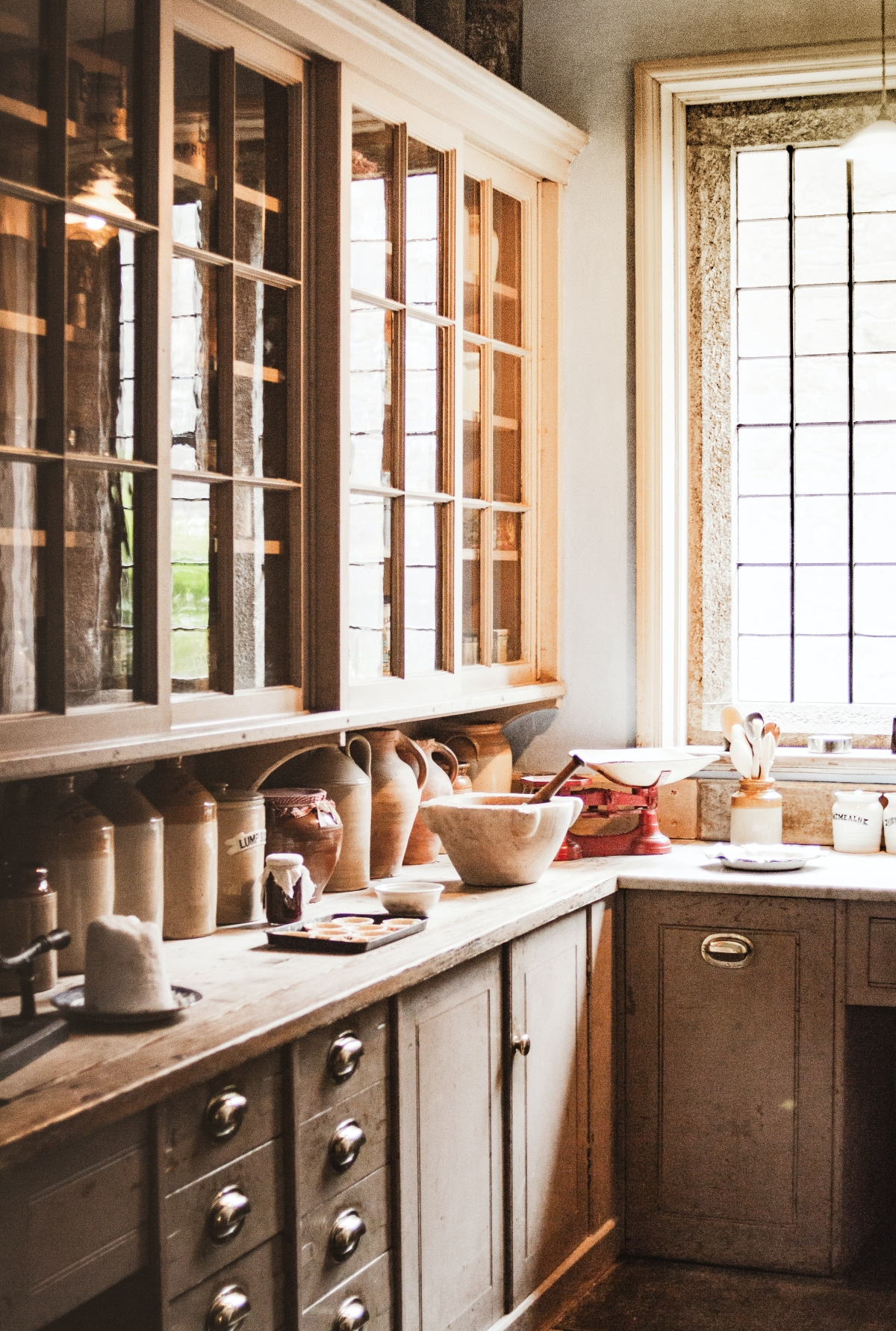Your Ultimate Fall Home Checklist: Getting Cozy and Avoiding Costly Disasters
You know that feeling when the first crisp autumn air hits? It’s pure magic. We all get excited about pumpkin spice and cozy sweaters, but for homeowners, it’s also a signal. Your house is about to put in some serious overtime to keep you warm and safe, and a little prep work now can save you a world of headaches—and money—later.
In this article
Honestly, getting your home ready for the colder months is one of the smartest things you can do. It’s not just about fluffing pillows; it’s about being a good steward of your biggest investment. I’ve seen what happens when these things get skipped… like the frantic call about a burst pipe flooding a brand-new basement, or the family whose furnace died on the very first freezing night. These aren’t just chores; they’re your defense against winter’s worst.
So, let’s walk through a practical game plan. This is the stuff that really matters, broken down into simple steps so you can tackle it over a weekend or two.

First Up: Securing Your Home’s Outer Shell
Before we even think about getting cozy inside, we have to button up the exterior. Think of your roof, siding, and foundation as your home’s winter coat. A tiny tear in that coat can lead to major problems when the ice and snow arrive.
Gutters and Downspouts: Your #1 Priority
If you do only one thing on this list, make it this. I cannot stress this enough: clogged gutters are the number one cause of preventable water damage. When leaves and gunk pile up, water has nowhere to go but over the edge, streaming down your siding and pooling right against your foundation. When that water freezes, it can form massive ice dams that pry shingles up and send water straight into your attic.
It’s a simple fix that prevents a catastrophic mess. Plan for a solid 2-4 hours on a dry afternoon after most of the leaves have fallen.

- The Gear: You don’t need much. Heavy-duty gloves, a bucket, and a small garden trowel or gutter scoop will do the trick.
- The Process: Scoop the gunk out, starting near a downspout and working your way along. Once it’s clear, flush the gutters and downspouts with a garden hose to make sure water is flowing freely. If it backs up, the downspout is clogged; a few firm taps on the pipe can often dislodge it.
Heads up! Ladder safety is no joke. If you have a two-story home or just aren’t comfortable on a ladder, please hire a pro. A professional gutter cleaning typically runs between $150 and $350. It’s a tiny price to pay to avoid a dangerous fall.
Outdoor Faucets & Sprinklers: Dodge a Burst Pipe
I once saw beautiful hardwood floors completely ruined because someone forgot to turn off the water to their outside hose spigot. When water freezes, it expands with incredible force—enough to easily split a copper pipe inside your wall.

- Shut It Off Inside: You need to find the interior shut-off valve for each outdoor faucet. Still looking? For most homes, it’s a small, oval-shaped metal handle (kind of like a little football) or a lever on the pipe where it comes through your basement or crawlspace wall. Turn the handle clockwise until it’s tight.
- Drain the Line: Go back outside and turn the faucet on. Let all the remaining water trickle out, then leave it open for the winter. This gives any trapped water an escape route.
- Hoses & Sprinklers: Disconnect and drain your garden hoses, then store them in the garage. If you have an in-ground irrigation system, you need to get it “blown out” with an air compressor. I strongly suggest hiring a landscaping pro for this. It’s a quick job for them, usually costing between $50 and $150, and it prevents costly damage to the system.

Windows and Doors: Stop Paying to Heat the Neighborhood
Those little gaps around your windows and doors might seem small, but added up, they can be like leaving a window cracked open all winter. Energy experts say these drafts can inflate your heating bill by 5% to 30%. Ouch.
Here’s a cool trick: On a windy day, light an incense stick and hold it near the edges of your windows and doors. If the smoke flickers or blows sideways, you’ve found a leak.
- Easy Fixes: Most leaks can be sealed with new weatherstripping. It’s a peel-and-stick product you can get at any hardware store for less than $20. For the bottom of a door, a simple door sweep works wonders.
- A Deeper Look: For older, single-pane windows, you might consider a window insulation kit. It’s a thin plastic film you tape to the inside of the frame, creating an insulating air pocket. It’s not the prettiest look, but it’s surprisingly effective and cheap.

Next: An Interior Systems Check-Up
With the outside secure, let’s move indoors. Your home’s mechanical systems are the unsung heroes of winter, and they need a little love before they get to work.
Your Furnace (HVAC): The Heartbeat of Your Home
Neglecting your furnace is a huge risk, both for your wallet and your safety. A dirty furnace works way harder, driving up your energy costs and risking a breakdown. More importantly, a malfunctioning furnace can leak carbon monoxide (CO), an odorless, colorless gas that is incredibly dangerous.
- Change That Filter. Period. This is non-negotiable. A clogged filter chokes your system. Check the size printed on your current filter and go buy a few. A basic 1-inch fiberglass filter might only be a couple of bucks, while a higher-rated pleated filter (look for a MERV 8-11 rating) could be $15-$25. It’s worth the extra cost for cleaner air. Change it monthly during winter.
- Schedule a Pro Tune-Up: Every single year, have a licensed HVAC tech give your system a check-up. They clean critical parts and check for things like a cracked heat exchanger (the source of CO leaks). Think of it as a physical for your furnace. An annual tune-up usually costs between $75 and $200 and can prevent a $1,000 emergency repair on a holiday.

Fire Safety: A Quick but Crucial Reality Check
House fires tick up in the colder months, often due to heating equipment. This part is serious, and these simple steps save lives.
- Detectors, Detectors, Detectors: Quick challenge: Stop reading for 30 seconds. Go press the test button on your nearest smoke and CO detector. We’ll wait… Did it beep? Great. Now, go set a calendar reminder to replace the batteries next week, even if they seem fine. Safety experts recommend replacing the entire detector unit every 10 years.
- Chimney & Fireplace: If you have a wood-burning fireplace, you absolutely must have it swept and inspected by a certified pro every year. They look for creosote buildup, a highly flammable tar that causes chimney fires.
- Fire Extinguishers: Every home needs an ABC-rated fire extinguisher. I keep one under the kitchen sink and another in the garage. They cost between $20 and $50 at places like Home Depot. Check the gauge to make sure the needle is in the green.

Finally: Turning Your Living Space into a Sanctuary
Okay, now for the fun part! This is about shifting your home’s vibe from bright and airy to warm and cozy, making it a true refuge for the season.
The Great Wardrobe Swap
Don’t just shove your summer clothes in a bin! Storing them correctly prevents pests and mildew from ruining them. Always wash or dry-clean everything before you store it—pests are attracted to even microscopic sweat and skin cells.
The best storage solutions are breathable. A quick shopping list for this would include breathable cotton garment bags (around $15 for a two-pack) for dresses and suits, and acid-free archival boxes ($10-$20 each) for delicate folded items. You can find these at The Container Store or on Amazon. And forget mothballs; cedar blocks or lavender sachets work just as well and smell a whole lot better.
The Entryway: Your Winter “Airlock”
Your entryway is about to become a warzone of mud, slush, and salt. Tame the chaos with a simple system.
- The Two-Mat Trick: Use a coarse, scraping mat outside the door to get the big stuff off, and a super-absorbent, washable mat just inside to catch the rest.
- The Boot Tray: This is a game-changer. A simple rubber tray gives all wet and muddy shoes a designated home, protecting your floors. You can grab one for about $15.
- A Drop Zone: A small bowl or tray on an entryway table for keys and mail prevents that frantic morning search. It’s a tiny habit that makes a huge difference.
The Kitchen and Pantry: Prep for Hearty Meals
As we shift from salads to stews, it’s time for a quick pantry audit. Pull everything off the shelves, wipe them down, and check expiration dates. As you put things back, move older items to the front so you use them first. This is also a perfect time to bring your cozy spices—cinnamon, nutmeg, ginger, rosemary—to the front of the rack. Give them a sniff; if they don’t smell potent, they’ve lost their flavor and it’s time for a replacement.
Oh yeah, here’s a fun challenge: Found some canned beans and a jar of sauce that are about to expire? Plan a “use-it-up” meal this week. It’s a great way to reduce food waste and save a little cash on groceries.
Inspirational Gallery
Should I really turn my ceiling fan on in the winter?
Absolutely! But there’s a trick to it. Look for a small switch on the fan’s motor housing to reverse the blade direction to clockwise. At a low speed, this pushes the warm air that naturally rises and pools at the ceiling back down into your living space. You’ll feel warmer without touching the thermostat, which is a small but satisfying win for your energy bill.
According to the U.S. Department of Energy, drafts can waste up to 30% of your home’s energy.
That’s a huge portion of your heating bill literally flying out the window. A quick way to find these energy vampires is to use an incense stick on a breezy day. Hold it near window frames, door jambs, and electrical outlets. Wherever the smoke wavers, you have a leak that can be sealed with a simple line of caulk or new weatherstripping.
Important: Disconnect, drain, and store your garden hoses before the first freeze. Then, find the interior shut-off valve for each outdoor faucet (usually in the basement or a crawl space) and turn it off. Go back outside and open the spigot to drain any remaining water. This 10-minute task is the single best way to prevent a burst pipe inside your walls, a truly catastrophic winter disaster.
Creating a cozy fall haven is as much about touch as it is about temperature. Think in layers:
- Swap lightweight cotton throws for heavier, more substantial textures like a chunky wool knit or a plush faux-fur blanket.
- Place a thick, soft rug, like a sheepskin or high-pile wool, over hardwood floors or even existing carpet to instantly add warmth underfoot.
- Consider swapping sheer curtains for heavier drapes in velvet or a thermal-lined fabric. They add a touch of drama while providing very real insulation against window drafts.
Before you light that first romantic fire of the season, a professional chimney sweep is non-negotiable. They remove dangerous creosote buildup, a highly flammable substance that causes thousands of preventable house fires each year. For peace of mind between professional cleanings, you can use a product like a CSL (Creosote Sweeping Log), but it should never replace an annual inspection and sweep.
Window Insulation Film: A low-cost, high-impact solution for drafty older windows. A kit from a brand like 3M costs very little and is easy to install with just a hairdryer. It creates a pocket of insulating air that significantly reduces heat loss.
Draft Snakes: A charming and effective DIY or store-bought solution. These fabric tubes, filled with rice or dried beans, are placed at the bottom of doors to block under-door drafts.
These budget-friendly options can make a noticeable difference in your home’s comfort and heating costs.
- It learns your daily habits and adjusts the temperature automatically.
- It allows you to control your home’s heat from an app on your phone.
- It provides detailed reports on your energy usage, helping you save even more.
The secret? A smart thermostat. Upgrading from a manual or basic programmable model to a Google Nest or Ecobee SmartThermostat can cut your heating and cooling costs by 10-15% annually, often paying for itself in under two years.
The sense of smell is the one most powerfully linked to memory and emotion.
Forget artificial sprays. For a truly authentic autumn scent, fill a small pot with water and simmer a few cinnamon sticks, whole cloves, and a sliced orange or apple peels on the stove. It will fill your home with a natural, welcoming aroma that feels like a warm hug.
Don’t just rake your leaves to the curb! Shredding them with a lawnmower transforms them into a fantastic, nutrient-rich mulch for your garden beds. A thick layer of shredded leaves insulates the roots of your perennials and shrubs from harsh winter freezes, suppresses weeds, and breaks down over the winter to enrich the soil for next spring. It’s a free, sustainable way to put your yard waste to work.










